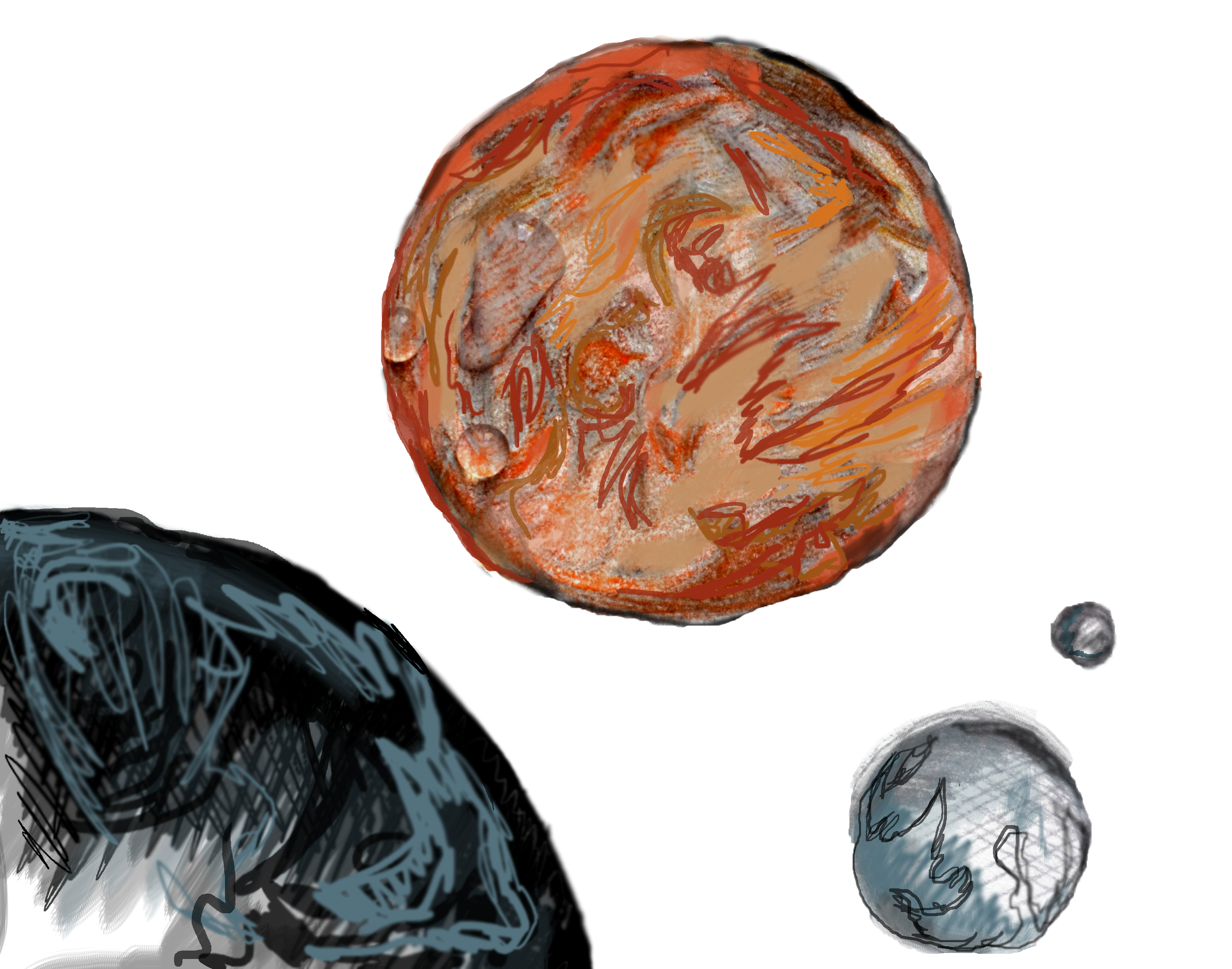Strong evidence shows that liquid water is present on the surface of the red planet
On Sept. 28, NASA’s Mars Reconnaissance Orbiter (MRO) confirmed strong evidence of liquid water on the surface of the planet Mars.

Researchers discovered hydrated minerals on hills where dark streaks are seen with the help of an imaging spectrometer, according to NASA. These streaks are noticeable during warm climates, flowing down steep slopes of mountains, canyons and craters, while fading during colder seasons. According to NASA, they appear in regions where the temperature is above minus 23 degrees Celsius.
These streaks, known as recurring slope lineae (RSL) are possibly linked to liquid water, according to NASA. Just like road salts on Earth causes ice to melt, the hydrated salts have the same effect on a liquid brine, NASA said. Scientists said it is probably a subsurface with adequate water to explain the darkness. NASA’s MRO spectrometer found hydrated salts only in areas where the darkening was wide enough to detect.
On NASA’s website, astronaut and associate administrator of NASA’s science mission directorate in Washington, John Grunsfeld, said that their quest on Mars has been to “‘follow the water’ in our search for life in the universe, and now we have convincing science that validates what we’ve long suspected.”
Lyle Whyte, professor of environmental microbiology at McGill University, who specializes in polar microbiology and astrobiology, said that the source of this water is the bigger question. Whyte gives us three possibilities as to where it may come from.
“The salts are essentially sucking up water out of the atmosphere. Concentration gets high enough, and we see these streaks like desiccation,” he said.
Adding to that is the idea there is an aquifer where “water from that aquifer is seeping up to the top, or then coming up from the sides of these craters on these RSLs from salty water,” he said. “There might be byrd glaciers melting and then the water seeps onto these streaks,” he said as a third possibility.
“A mission will probably be launched in 2025 with the sole purpose of going to those RSL landing areas and sampling them to tell us if they have any microbes there, or in other words, life,” he said. Until then, ExoMars 2018 and Mars 2020 are both upcoming Mars missions.
Does water necessarily mean potential for life? His answer was neutral. He said that salty water in Antarctica, however, holds an active microbial ecosystem.
“Microbial life can potentially exist within a similar, very cold, salty ecosystem on Mars,” he said, based on what he knows about microbial life on Earth. Within our solar system, liquid water is also present in Europa (sixth closest moon of Jupiter) and Enceladus (sixth largest moon of Saturn), he said.



